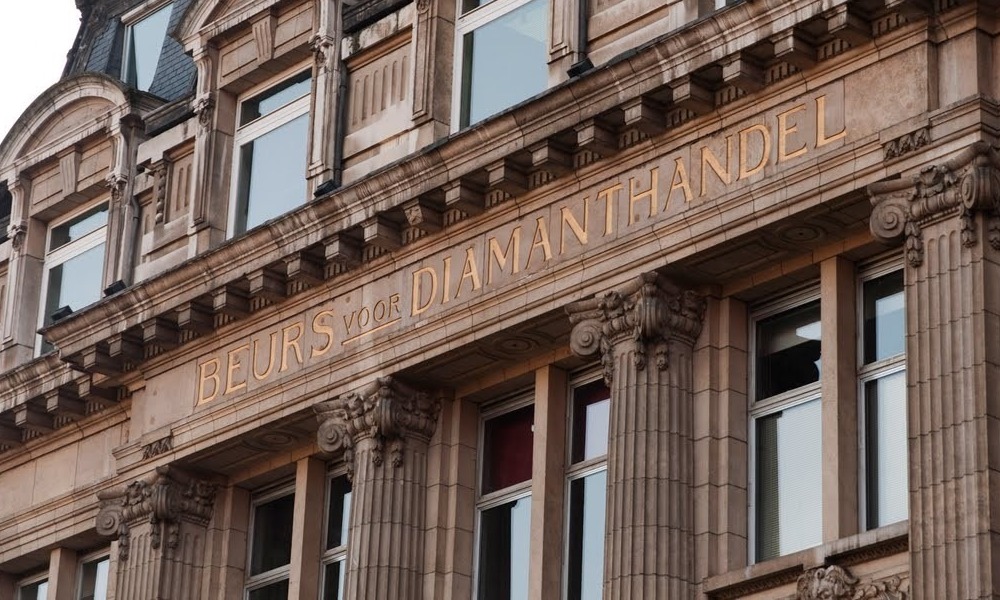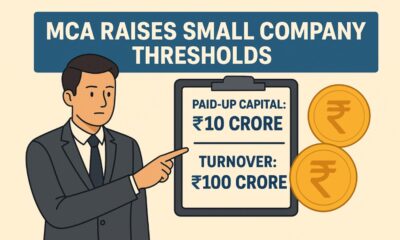DiamondBuzz
EU opts against tariffs on US Diamonds

In a welcome move for Belgium’s diamond industry, the European Council has officially decided not to impose import tariffs on polished diamonds originating from the United States. The decision, hailed as a strategic and balanced one, comes amidst a broader framework of EU countermeasures in response to tariffs introduced by the U.S. during the Trump administration.
The Antwerp World Diamond Centre (AWDC), which represents the interests of the Belgian diamond industry, has applauded the EU’s stance. Karen Rentmeesters, CEO of AWDC, emphasized the importance of this decision, highlighting the potential economic fallout had tariffs been implemented.

“We are extremely pleased and grateful that our efforts over the past weeks have led to the European Council’s decision not to impose tariffs on US diamonds,” said Karen Rentmeesters. Rentmeesters expressed appreciation for the coordinated support from the Flemish and Belgian governments, as well as the EU, in safeguarding the industry’s interests.“This decision demonstrates that the Flemish and Belgian governments, as well as the EU, recognise and actively support both the strategic importance of the diamond sector in Belgium and the principle of free trade in diamonds.”
The United States remains a crucial trading partner for Belgium, accounting for nearly $3.9 billion in polished diamond trade annually — approximately 16% of the country’s total diamond trade. Antwerp, as the epicenter of Belgium’s diamond industry, relies heavily on the fluid movement of diamonds across borders, particularly with the U.S.
Rentmeesters noted that the diamond trade often involves multiple transatlantic shipments, especially for processes like grading and certification performed at U.S.-based labs. Tariffs could have resulted in double taxation — once upon entering the U.S., and again on re-entry into the EU — severely affecting profitability and logistics.
The AWDC also questioned the effectiveness of reciprocal tariffs as a political or economic tool, arguing that such measures would have little to no tangible impact on the U.S., while severely disrupting Belgium’s diamond sector.
Another complexity lies in the origin-based nature of import tariffs in the diamond industry. Since most polished diamonds are not cut in the U.S., any tariffs targeting “US diamonds” would only affect a small fraction of the trade. Nevertheless, enforcement would necessitate rigorous documentation and inspections, resulting in increased administrative burdens and shipment delays.
She concluded with optimism, calling for continued dialogue and negotiated resolutions to broader trade disputes, while encouraging the EU to maintain its measured and trade-friendly policies moving forward.
BrandBuzz
De Beers Group Rewrites the Diamond Story with ‘Intention Pendants’ for the Woman Who Chooses Herself
Where natural diamonds become expressions of intent for women shaping their own path

De Beers Group taps into the modern ritual of intention-setting with the launch of ‘The Intention Pendant’ collection, where natural diamonds become intimate expressions of purpose and personal power. Designed for the woman who marks her milestones quietly yet deliberately, the high-glamour collection reflects a new language of self-gifting rooted in meaning, emotion, and self-belief. The launch speaks to a wider cultural shift, one where success is defined internally and luxury becomes a deeply personal signature.
For Gen Z and millennials, practices like manifestation, vision boarding, and ‘scripting dreams’ are no longer trends; they are core lifestyle rituals. Intention-setting has become a daily act of self-empowerment. De Beers Group captures this sentiment through a personal campaign narrative that features a young woman crafting a vision board and reconnecting with her inner clarity, with the pendant serving as her constant companion through quiet moments and self-discovery.

“Women today are choosing to celebrate themselves through everyday intentions. The Intention Pendants draw from the extraordinary legacy of natural diamonds while honouring this cultural shift,” said Toranj Mehta, Vice President of Marketing, De Beers Group India. “Rooted in the extraordinary legacy of natural diamonds, this collection reflects a shift toward jewellery as a personal marker of growth. Each piece serves as a quiet reminder a woman wears for herself, honouring her inner resolve and the promises she makes to her future.”
The launch is supported by a comprehensive 360° campaign designed to inspire and engage across print, television, radio, cinema, outdoor, digital, and social media outreach. Leading Bollywood and sports icons including Tamannaah Bhatia, Athiya Shetty and Sania Mirza have created and shared their personal vision boards while wearing the pendants, amplifying authenticity and aspiration.
Each Intention Pendant features a natural diamond, formed over billions of years and shaped patiently by nature, carrying a sense of timeless continuity into the present. Refined through the forces of time, it stands as a lasting symbol of resilience and brilliance. Inspired by celestial forms and personal energy, the design brings this journey from nature’s heart to hers into a modern, wearable expression. Worn close to the heart, the pendant becomes a personal touchstone, subtly manifesting her best life while reflecting her intentions, inner strength, and the journey she continues to shape.
The Intention Pendant collection builds on De Beers’ global focus on self-gifting as an evolving expression of self-love. Across markets, natural diamonds are increasingly chosen to mark independent decisions, personal milestones, and moments of inner transformation, signalling a move beyond traditional gifting toward jewellery that reflects individuality and purpose.
Launching ahead of the year-end period of reflection, the collection aligns naturally with a season devoted to renewal, clarity, and intention. The Intention Pendant emerges not as a statement piece, but as a personal symbol, one that accompanies a woman quietly as she defines success on her own terms.
‘The Intention Pendant Collection’, serves as a reminder of one’s potential through the timeless beauty of a natural diamond and personal expression. De Beers invites you to connect with cosmic energy, flowing from nature’s core to your own.
-

 BrandBuzz10 hours ago
BrandBuzz10 hours agoMCA raises “small company” thresholds – up to ₹10 cr capital & ₹100 cr turnover from 1st December 2025, major relief for jewellery trade
-

 JB Insights11 hours ago
JB Insights11 hours agoWomen Leaders Driving the Luxury Renaissance
-

 National News15 hours ago
National News15 hours agoSHINESHILPI Announces the Launch of The Shine House, India’s Biggest B2B Jewellery Hub
-

 National News13 hours ago
National News13 hours agoTalla Jewellers Successfully Hosts Free Health Checkup Camp with Fortis Escorts Amritsar and Live For Others Foundation







